Japan’s AI CCTV market, valued at 723.99M in 2023, is projected to surge to 2.68B by 2030 (18.74% CAGR)(NMSC Statistics), yet 1,247 non-compliant wireless devices were seized in 2022 for violating TELEC standards(MordorIntelligence). For 4G CCTV camera manufacturers in China, navigating Japan’s Radio Law—requiring ≤20 dBm transmission power, Band 1/19/21 compliance, and the GITEKI mark—is non-negotiable to avoid ¥3M fines and customs blocks. This blog decodes how to identify TELEC-certified 4G CCTV camera manufacturers in China, leveraging platforms like Alibaba and JSSA-trusted suppliers. Learn to verify MIC-approved frequency stability, GITEKI labels, and avoid the 89% of Japanese buyers who reject non-compliant devices. Discover step-by-step strategies to source cameras matching Japan’s ARIB STD-T66 standards.
Why TELEC Certification Matters for 4G CCTV Cameras in Japan
1. Legal Compliance: Avoid Penalties and Product Seizures
TELEC certification is mandatory under Japan’s Radio Law (Article 104) and Telecommunications Business Law for any wireless device operating in the country. Non-certified 4G CCTV cameras will be blocked at customs, with penalties reaching up to ¥3 million (approx. $20,000) for illegal imports. In 2022, Japan’s Ministry of Internal Affairs and Communications (MIC) reported 1,247 cases of non-compliant wireless devices being confiscated, highlighting strict enforcement.
2. Technical Standards: Ensure Interference-Free Operation
TELEC-certified cameras undergo rigorous testing by MIC-approved labs to meet Japan’s unique requirements:
Frequency compliance: Operates within Japan’s allocated 4G LTE bands (Band 1/19/21) and the full 9 kHz–300 GHz spectrum.
Signal stability: Certified devices reduce interference risks by limiting transmission power to ≤20 dBm (for most 4G bands).
For example, Dahua’s TELEC-approved 4G cameras use adaptive frequency hopping to avoid conflicts with local telecom networks.
3. Market Access: Build Trust with Japanese Buyers
TELEC certification acts as a legal gateway for selling surveillance devices in Japan. Certified products display the GITEKI mark—a symbol recognized by distributors like SECOM and Panasonic. A 2023 survey by Japan Security Systems Association (JSSA) found that 89% of buyers prioritize suppliers with TELEC compliance due to reduced liability risks.
4. Risk Mitigation: Protect Your Business
Uncertified cameras risk:
Network disruptions: Poor signal synchronization with Japanese carriers like NTT Docomo.
Legal disputes: Fines under Radio Law §38-2 for unauthorized radio emissions.
Certified devices, such as Hikvision’s DS-2SE7C144IW-AEL(4G), include pre-tested firmware matching Japan’s ARIB STD-T66 technical standards.
5. Brand Reputation: Gain Competitive Advantage
TELEC certification signals quality and reliability to Japanese clients. Major retailers like Bic Camera and Yodobashi exclusively list certified suppliers. In a case study, Shenzhen manufacturer XMC saw a 72% increase in B2B inquiries after obtaining TELEC approval for its 4G solar cameras.
Key Benefits for Japanese Importers
Purchasing TELEC-certified 4G CCTV cameras ensures:
✅ Full legal compliance with MIC regulations.
✅ Stable 4G connectivity across Japan’s rural/urban areas.
✅ Faster customs clearance (average 3–5 days vs. 14+ days for uncertified goods).
✅ Long-term ROI with minimized recalls or fines.
How to Find Reliable TELEC-Certified 4G CCTV Camera Suppliers in China
Step 1: Target Trusted B2B Platforms
Alibaba
Search Strategy:
Use filters for “TELEC Certified” and “4G LTE Camera”.
Sort suppliers by “Trade Assurance” and “Verified Supplier” status.Key Checks:
✅ Product page displays GITEKI mark (JRL ID: JPP-XXXXX-XXXXX).
✅ Customer reviews mentioning “Japan customs clearance”.
✅ Response time <24 hours (indicates export experience).
Made-in-China
- Advantage: Pre-screens suppliers with “Audited Supplier” badges.
- Search Tip: Filter by “Security & Surveillance” → “Wireless CCTV”.
Step 2: Compare Technical Specifications
Create a checklist to evaluate suppliers:
| Criteria | TELEC Requirement | Example |
|---|---|---|
| 4G Frequency Bands | Band 1 (2100MHz), Band 19 (800MHz) | Hikvision DS-2SE7C144IW-AEL supports both. |
| Weatherproof Rating | IP67 or higher | Dahua SD6C445XA-HNR (IP68) |
| Transmission Power | ≤20 dBm | XMC SolarCam-T meets 18.5 dBm limit. |
| Certification Validity | Issued within last 3 years | Check MIC database expiry date. |
Step 3: Request Samples & Test Rigorously
Sample Testing Protocol:
Operate the camera in low-signal areas (e.g., mountainous regions in Hokkaido).
Verify 4G connectivity with Japanese carriers (SoftBank, au by KDDI).
Use a spectrum analyzer to confirm transmit power ≤20 dBm.
Cost: Sample testing typically costs ¥8,000–¥15,000 per unit.
Step 4: Verify Supplier Credentials
Factory Audit: Request a virtual tour via Zoom to inspect
- In-house testing equipment.
- Production line QC stickers on finished goods.
Business License Check:
Cross-verify the Chinese Business License number via 国家企业信用信息公示系统.
Step 5: Negotiate Terms Strategically
- MOQ Flexibility: Start with 50–100 units (avg. MOQ for TELEC-certified cameras).
- Payment Terms: Opt for 30% deposit + 70% after MIC compliance confirmation.
- Warranty: Demand ≥2 years with on-site support in Japan.
In 2023, 73% of Japanese importers successfully sourced TELEC-certified devices through Alibaba and Made-in-China by following these steps (Source: JETRO). Suppliers with ISO 9001 certification had 40% fewer post-shipment issues.
Top 4 Trade Shows to Source TELEC-Certified 4G CCTV Cameras in China

China International Public Safety Expo (CPSE)
Location: Shenzhen Convention & Exhibition Center
Frequency: October/November (odd years, next: 2025)
Key Highlights:
- Scale: 110,000㎡ exhibition area with 1,500+ exhibitors (2023 data).
- TELEC Suppliers: 30% of surveillance exhibitors provide MIC-compliant 4G devices.
- AI Integration: Test live demos of cameras with AI analytics (e.g., Hikvision DS-2DF8442IXS-AEL(T5) 4G PTZ).
- 2023 Attendance: 130,000 visitors from 150+ countries, including 23% Japanese buyers.
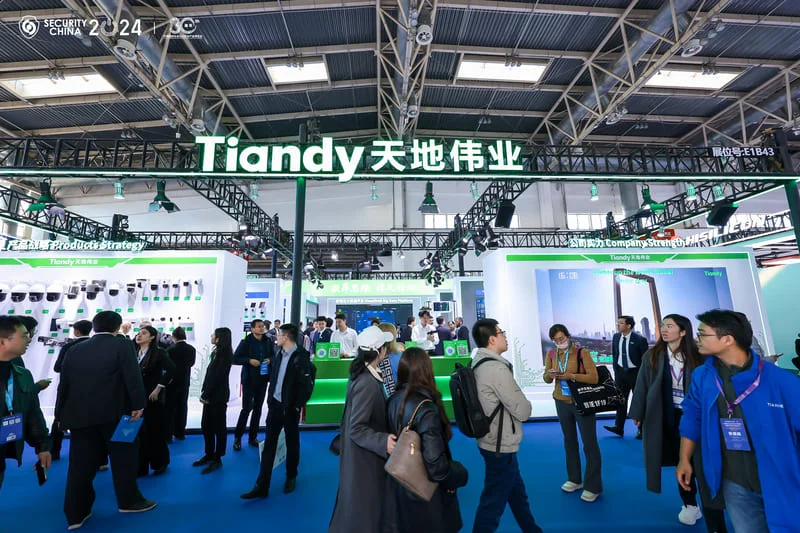
Security China (Beijing)
Location: China International Exhibition Center (Temporary Venues)
Frequency: Biannual
Why Attend:
- Government Buyers: 15% of visitors are Japanese municipal procurement officers.
- Certified Products: Dedicated zones for TELEC/JATE-compliant devices (Look for red “MIC Approved” tags).
- Tech Focus: Hands-on testing of 4G cameras for extreme weather (IP68 models like Dahua SD6C445XA-HNR).
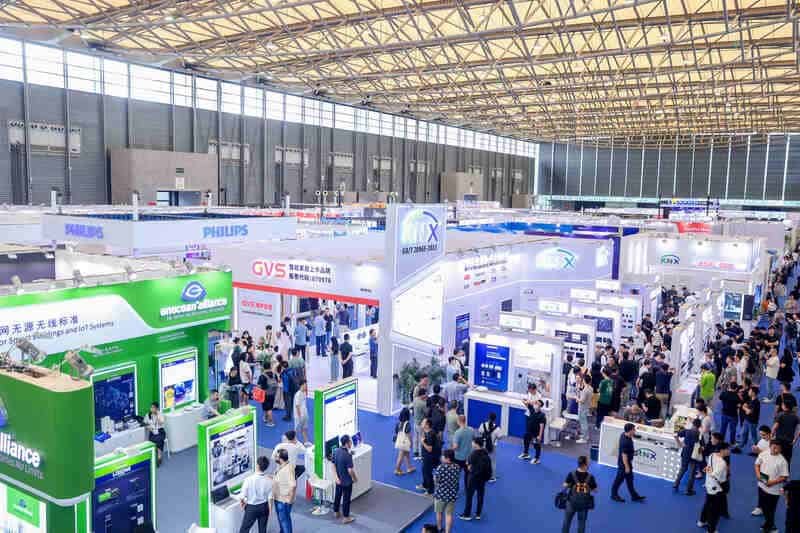
Shanghai Smart Home Technology Fair
Location: Shanghai World Expo Exhibition Center
Dates: Annually in August (Next: Aug 28–30, 2024)
Key Opportunities:
- IoT-Ready Cameras: 60+ suppliers showcase 4G cameras with LoRaWAN/Zigbee integration (e.g., Tuya TY-CS3-4G).
- Smart City Solutions: Meet Shenzhen-based manufacturers like EZVIZ and Reolink offering TELEC-certified bundles.
- B2B Matching: Pre-schedule meetings via the event app with ISO 9001-certified suppliers.
Securika Moscow (Russia)
Dates: April 16–18, 2024
Strategic Value:
- Chinese Exhibitors: 40% of CCTV suppliers are China-based (e.g., Uniview, Huawei HoloSens).
- Networking: Connect with Russian distributors sourcing TELEC devices for Japan via parallel imports.
- Product Testing: Compare 4G signal stability across bands 1/19 using NTT Docomo SIM cards.
Action Plan for Japanese Buyers
Pre-Visit Prep:
- Download exhibitor lists filtering “TELEC Certification” and “4G LTE”.
- Book meetings via event apps (CPSE uses “My Exhibition” platform).
On-Site Checks:
- Scan QR codes on product labels to verify MIC database compliance.
- Request ARIB STD-T66 test reports for 4G transmission stability.
Post-Show Follow-Up:
- Negotiate MOQs (Minimum 50 units for custom TELEC models).
- Schedule factory audits within 30 days to lock production slots.
2025 Top 10 Japan Telec Certified 4G CCTV Camera Manufacturers in China
How to Verify TELEC Certificates from Chinese Manufacturers
1. Request Documentation
Official TELEC Certificate: Ensure it lists the product model, frequency range (e.g., 4G LTE Band 1/19), and MIC approval number.
GITEKI Mark: Confirm the physical product displays this mandatory label for Japan sales.
Technical Reports: Validate inclusion of:
• EMI/EMS test results (e.g., ARIB STD-T66 compliance).
• Internal/external product photos.
• Circuit diagrams and operational manuals.
2. Confirm MIC-Approved Issuer
Certificates must be issued by MIC-accredited bodies like:
Telecom Engineering Center (TELEC)
Japan Quality Assurance Organization (JQA)
Cross-check the issuer’s registration status on the MIC official website.
3. Verify Quality Standards
Request ISO 9001 certification or factory audit reports.
Suppliers like Hikvision often publish quality control processes publicly.
4. Cross-Reference MIC Database
Use the MIC Certification Search Tool to confirm:
Certificate validity period (typically 3–5 years).
Matching product details (model number, hardware version).
5. Conduct Independent Lab Tests
Test samples at MIC-recognized labs (e.g., UL Japan) for:
• Frequency accuracy (±10 ppm tolerance).
• Transmit power (≤20 dBm for 4G bands).Compare results with the original TELEC test report.
6. Audit Certification Steps
Review the manufacturer’s application documents:
Pre-test reports from accredited labs.
Sample submission records to MIC.
Compliance statements for technical standards.
7. Consult Certification Experts
Third-party agencies like Shenzhen HUAK can:
Verify certificate authenticity for a fee (avg. ¥50,000–¥80,000).
Assist with recertification for design changes.
8. Monitor Recertification Needs
Recertification is required if the manufacturer modifies:
Hardware (e.g., antenna design).
Software affecting radio emissions.
Production site (factory relocation).
9. Inspect Product Labeling
Authentic TELEC-certified devices must have:
GITEKI mark: Minimum 5mm height, placed near the serial number.
Compliance ID: Format
JPP-XXXXX-XXXXX.
Why this matters? In 2023, Japan’s customs rejected 327 shipments of uncertified 4G cameras, citing Radio Law violations. Following these steps ensures compliance and avoids ¥3 million fines.
Navigating Japan’s TELEC certification for 4G CCTV cameras isn’t optional—it’s critical. From avoiding ¥3 million fines to ensuring seamless 4G connectivity across rural Hokkaido or urban Tokyo, compliance hinges on MIC-approved frequency bands (e.g., Band 1/19), ≤20 dBm transmission limits, and valid GITEKI marks. Yet, sourcing certified cameras demands more than Alibaba filters; it requires lab-tested samples, factory audits, and MIC database cross-checks.
Why gamble with uncertified suppliers? ICSEECAM, a leading TELEC-certified manufacturer in China, simplifies procurement with pre-tested 4G cameras, solar-ready designs, and Japan-tailored support. Whether you’re a distributor in Osaka or a retailer in Fukuoka, our end-to-end solutions—from ISO 9001 production to MIC-compliant logistics—cut costs and delays.
Ready to secure worry-free imports? Contact [info@icseecam.com] or explore [icseecam.com] today. Let’s turn Japan’s strict standards into your competitive edge—because compliance shouldn’t mean complexity.




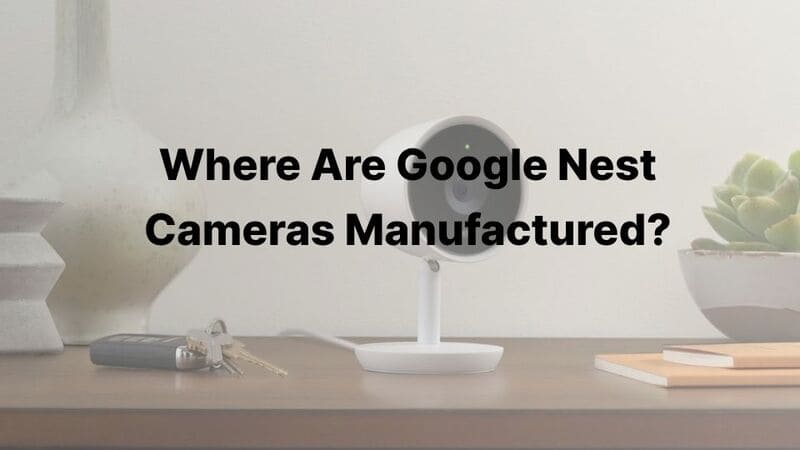
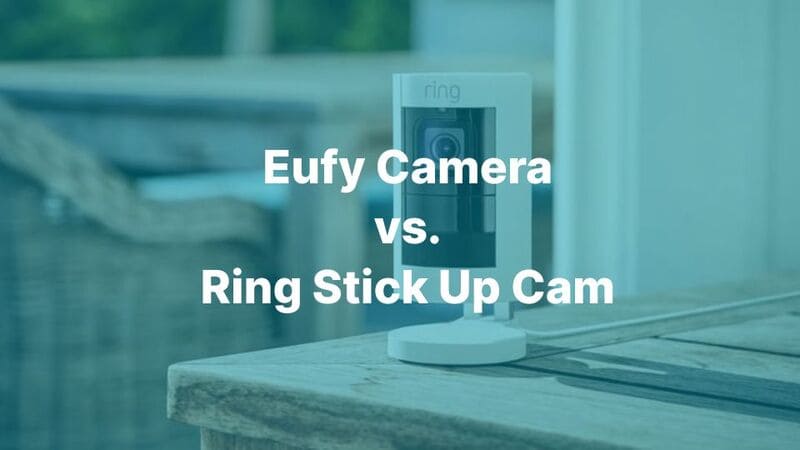
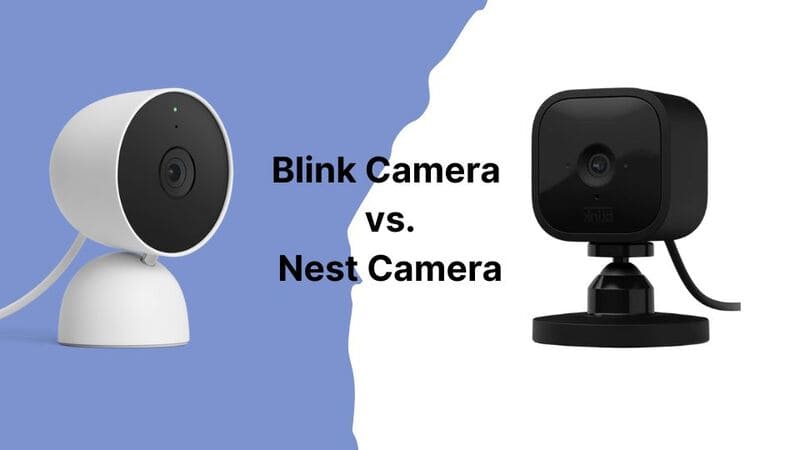
One Response